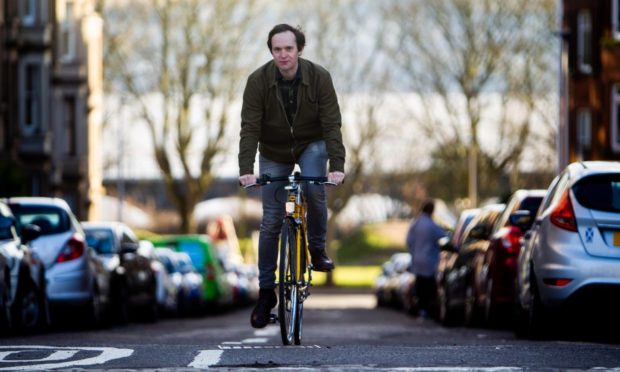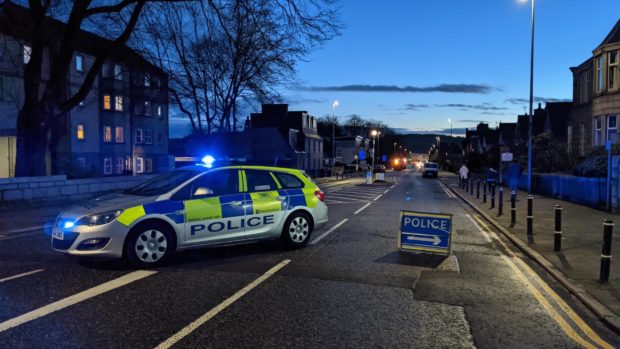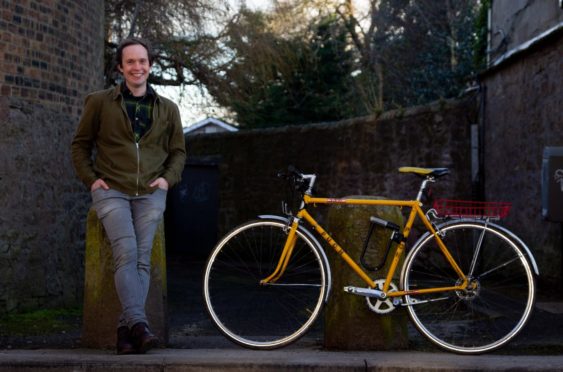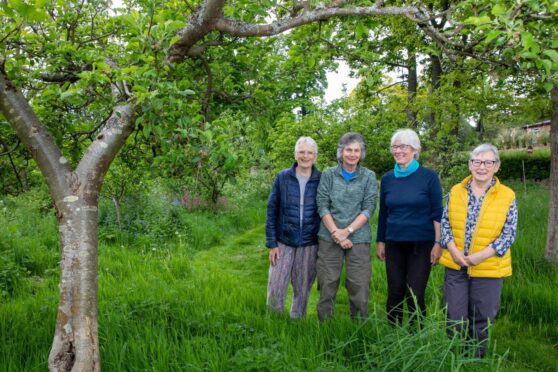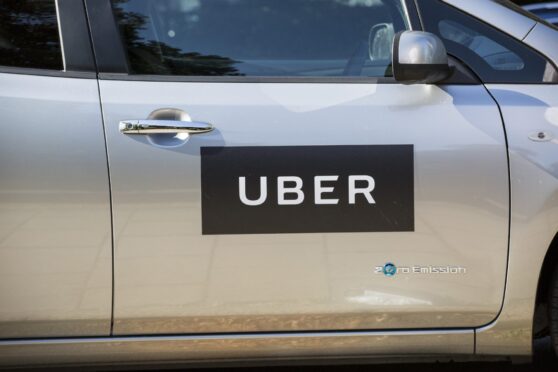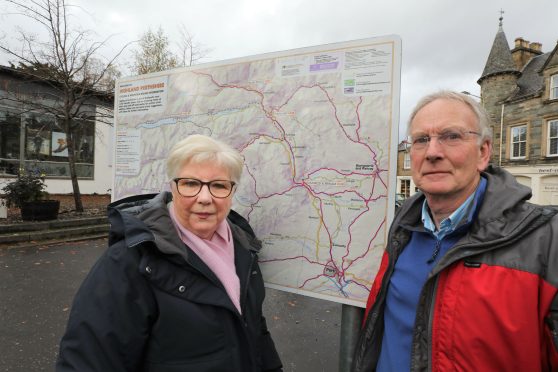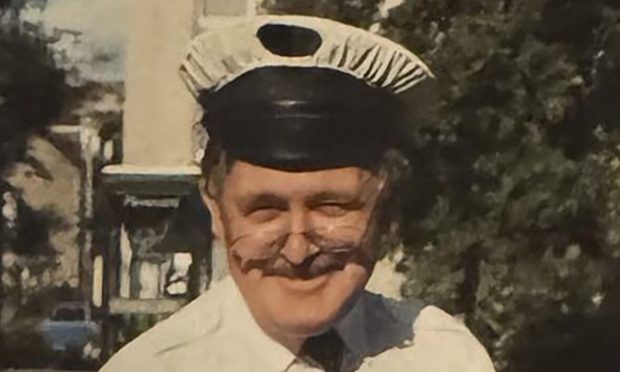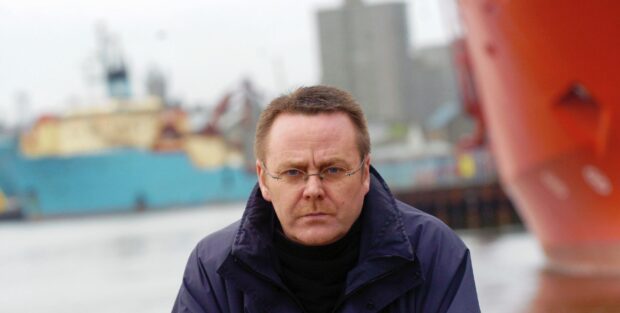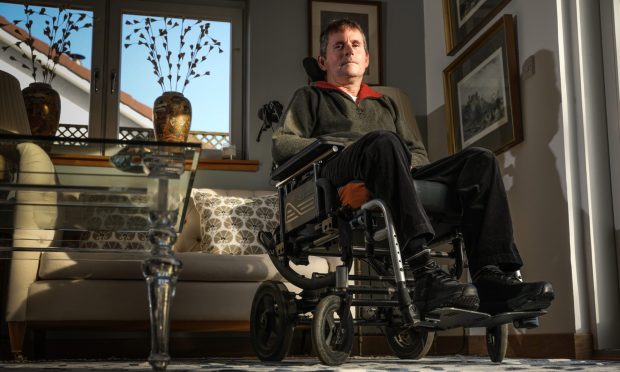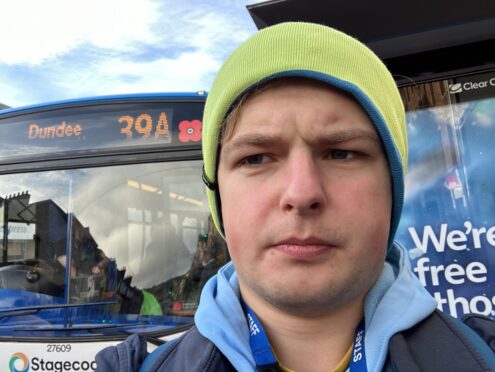Cyclists, farmers and lorry drivers will be recruited into local partnerships as part of a national push to end all road deaths by 2050.
Road fatalities in Tayside and Fife have dropped by more than 40% in previous years.
On average, 48 people died per year between 2004 and 2008 while an average of 27 people lost their lives in accidents on the region’s roads every year between 2015 and 2019.
There were 659 reported accidents in 2019 across Dundee, Fife, Perth and Kinross and Angus – down from 943 five years earlier.
Scotland’s transport agency is moving to build upon the falls with a new ‘framework’. It promises to cut road fatalities in half by 2030 and eliminate them by 2050.
The plans, which are at an early stage, will create a third “local” tier in road accident management.
This will include representation from roads user groups, such a cyclists, horse riders, motorcyclists, farmers and the road haulage industry.
One death is ‘too many’
Transport secretary Michael Matheson said: “Deaths or serious injuries on our road network are not an inevitability. Our strong belief, shared by Scotland’s road safety partners, is that even one death on our roads is one too many.
“I know this brings no comfort to those who have lost loved ones, but the latest figures show that casualties on Scotland’s roads are at the lowest levels since records began.
“We’ve seen a 35 per cent increase in traffic over the past 25 years and a 66 per cent decrease in road collisions across the same period.
“We need to build on what we’ve achieved and our new framework will do so through a sharper focus, improved evaluation, mode specific targets and stronger connections between national and local levels.”
Deaths and accidents falling
The Tayside numbers fell from 30 average deaths between 2004 and 2008 to 17 between 2015 to 2019.
In Fife, the number dropped from 18 to 10.
Over the past five years, Dundee city accidents dropped from 168 to 129. In Angus, the drop was 141 to 96.
While in Perth and Kinross the 2014 accident total dropped more than 40% to 128 in 2019.
The Scottish Government has supported its framework with £500,000 in new funding and a national marketing campaign aimed at cutting speeding across Scotland’s roads.
Assistant Chief Constable Mark Williams, Police Scotland said: “Reducing road deaths by half over the next 10 years is, rightly, an ambitious target and Police Scotland is committed to working closely with our road safety partners to achieve this.”
Preventable tragedy
Joshua Harris, director of campaigns at road safety charity Brake, said: “We know that speeding is a significant factor in fatal and serious injury collisions and we welcome the new national campaign to educate the public around the dangers of travelling at inappropriate speeds.”
“Any fall in the number of road deaths is to be welcomed but we must always remember that every road death is a preventable tragedy.”
‘They need to genuinely mean it’
Opinion piece by Russell Pepper, Dundee Cycling chairman
This idea sounds good and we would welcome it. But they need to listen. Quite often, these kinds of groups can be set up, and they might do things that sound nice, but this time they need to genuinely mean it.
The government does have goals. For example, the wanted to have 10% of people riding a bike by 2020. But these goals can be get swept under the rug when they’ve failed. They need to listen to people who use the roads and, from our perspective, cycle.
There are still too many road deaths. Most cyclists die on A or B roads because there is not segregated cycling infrastructure to keep people safe. The roads are designed for speeds that are far too high.
They need to invest in capital too – putting things in the ground that actually make people safer.
The £500,000 on offer to helping organisations take forward innovative projects to improve road safety is not nearly enough.
For cycling infrastructure alone, they should put in 10% of the entire transport budget. The £100m they have for active travel at the moment is about 2 ½ %.
So they need to quadruple the active transport budget. £500,000 for this extra piece of work is not going to cut it.
Speeding is really important. It’s the main cause of the majority of accidents. But awareness campaigns and soft behavioural change campaigns can only go so far.
They do work to some extent, but the main thing you need to do to reduce speed is to design roads where people drive at the speed they are meant to.
They need to put a lot more money into infrastructure so the roads become safer for all.
